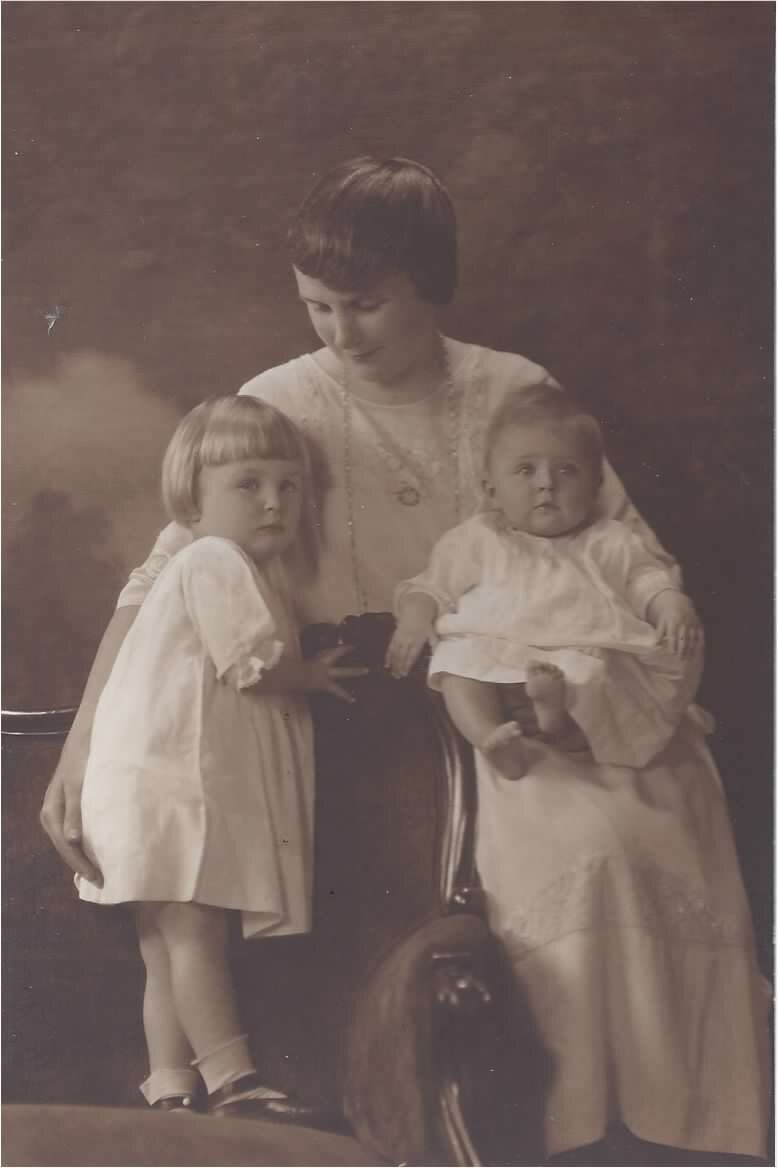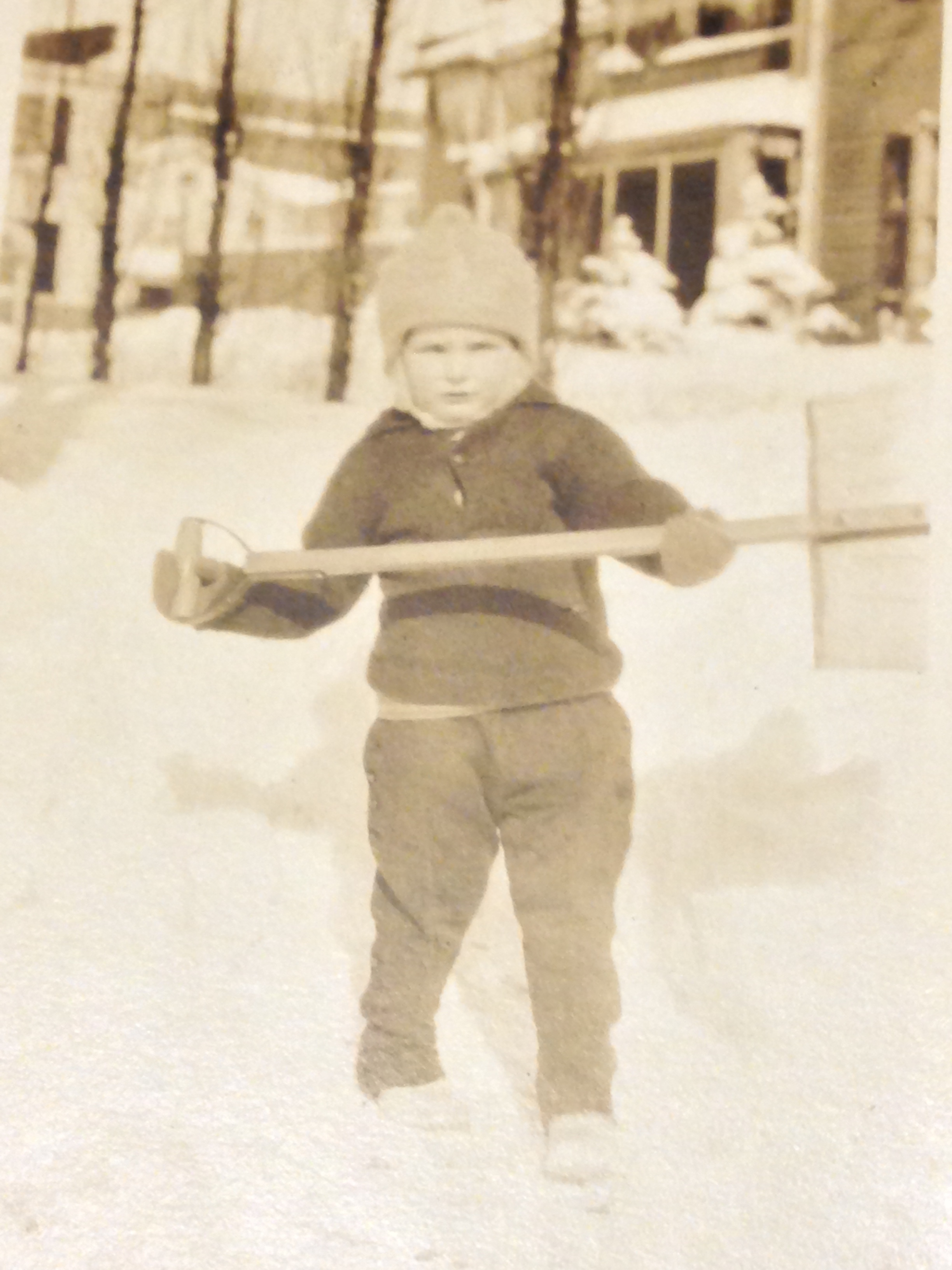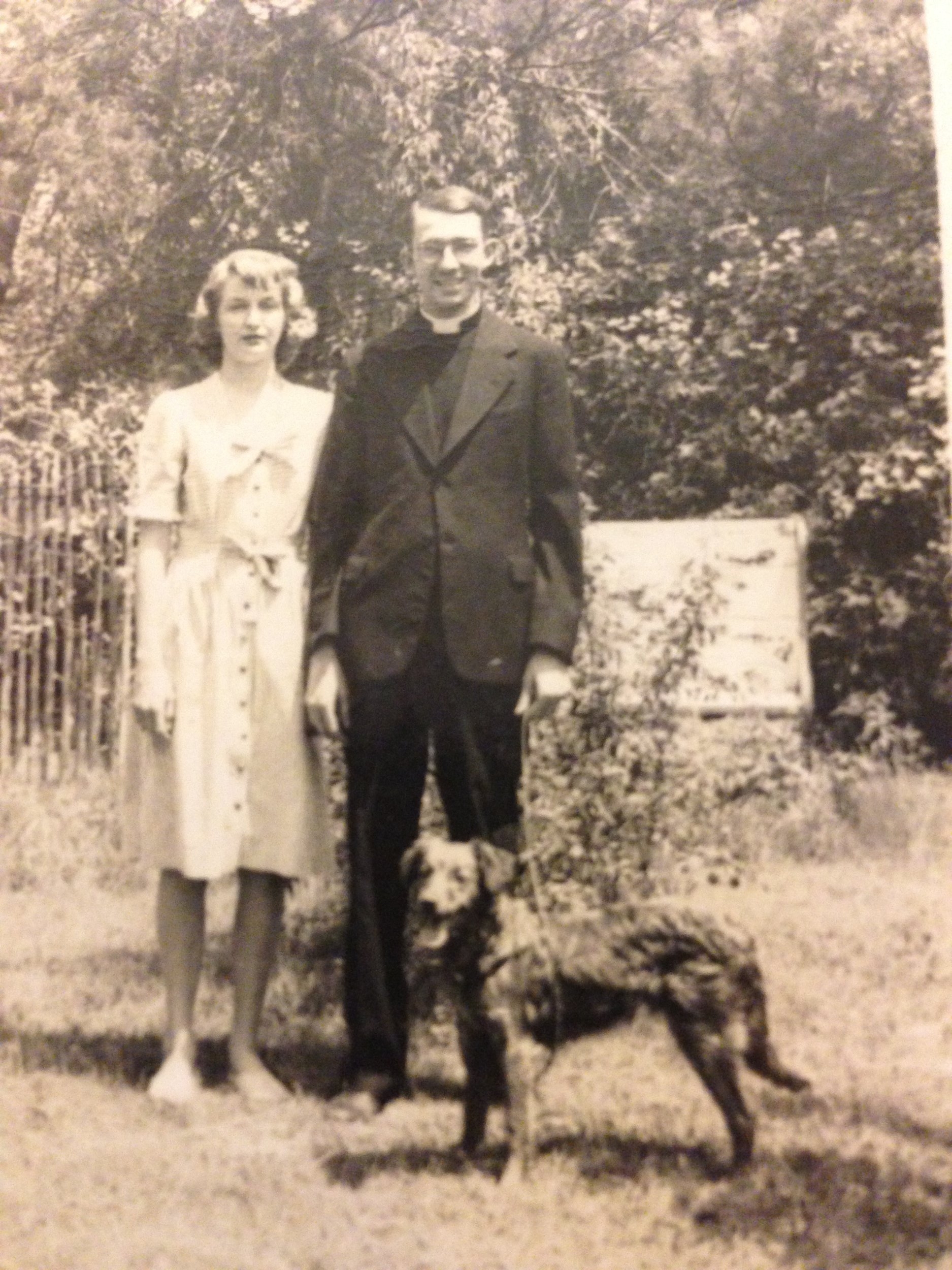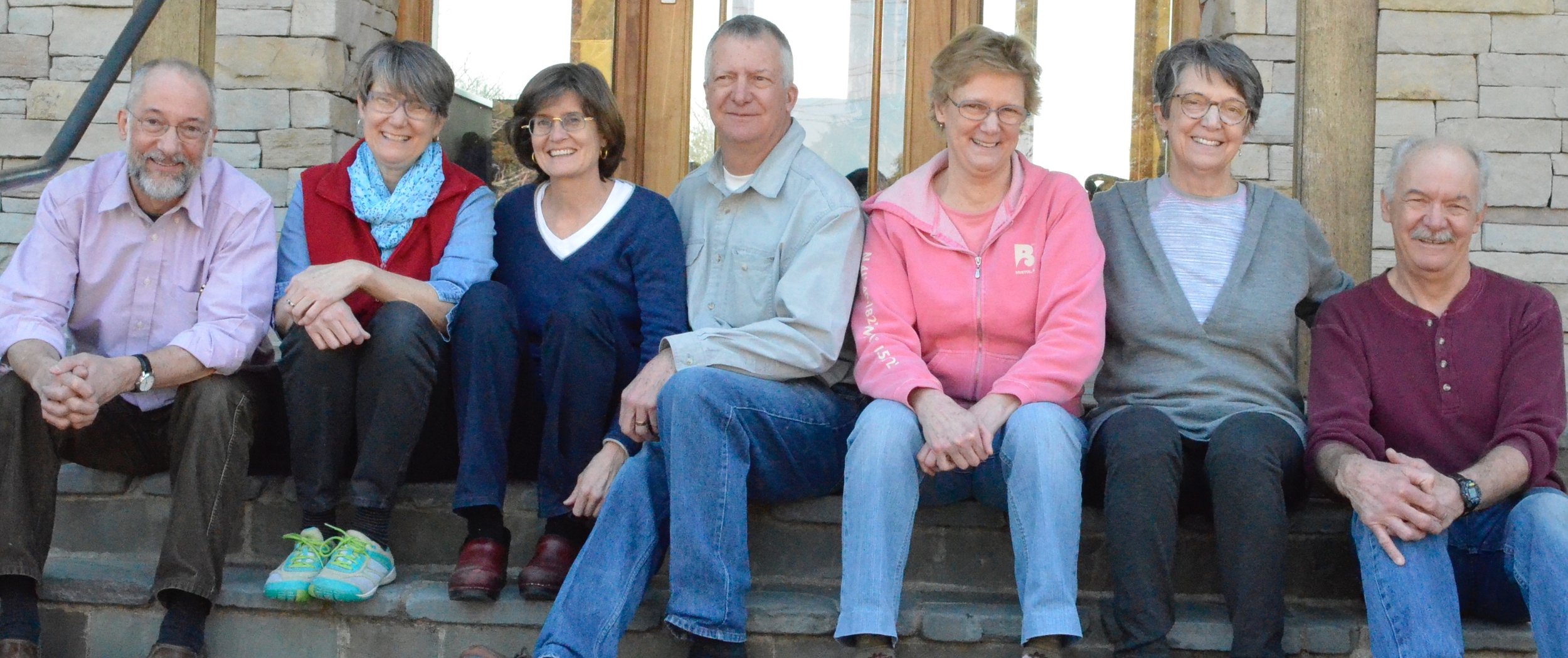A few weeks ago, on a whim, I started asking questions about storytelling on Twitter and in the Storytellers group on Facebook (if you're interested, the hashtag is #storyquestion) . I haven't had much response on Twitter, but the FB group has been a-buzz. Julie Moss Herrera asked if I would compile the answers, so here's the first installment. People sometimes respond to a post much later than the day I put it up, so I may miss some answers.
The first was, "What do you consider to be the essential elements of a good story?"
Tim Sheppard, on Twitter, said, "Transformation is probably the most crucial element of a good story." I added, "Clear images, conflict, conflict resolved, personally significant and universal themes that answer the question, 'So what?'" Oddly enough, I didn't get any response to this one on Facebook.
The second question was "What are the elements of a bad story, in your estimation?"
Limor Shiponi said, "Nothing that gives you a reason to tell it :) nothing different than what happened yesterday... and the day before... and..." I added my two cents (or 140 characters): "Excellent! I call it my "so what?" test. If it doesn't move me in some way, why am I listening (or reading or watching or...?"
Over on FB, the conversation started in earnest. Buckle your seatbelts and hang on for the ride. I've left out comments that didn't answer the question (the conversation drifted over to Aristotle and deus ex machina and fairy helpers):
I started with this: "I do think there are bad stories, as well as stories badly told. Here are a few elements: stories that are badly crafted so the listener can't follow, stories with too much extraneous detail, stories that end with 'and then I woke up.' It is, of course, a subjective matter, and one of degree. I need the story to pass my 'so what' test. Do I care in some way? Sometimes I'll hear a story told by a good teller, told well, but in five minutes I can't remember the tale at all."
Narrative Arts Oh-Assieux (a trickster, who has a different name in real life) said: "Impatient! I was just writing a few of the most important ones: Bad listening conditions, an unambitious protagonist, and/or a plot that pursues a moral at the expense of sound narrative logic."
Sara DeBeer Zeiger said, "Stories that are more like stand-up therapy sessions (which then leave the audience feeling concern for the teller."
Narrative Arts...what the heck, I'm calling him Narry from now on, added, "A story that neglects the overriding importance of action, e.g. a story that uses commentary instead of action to present the characters, or a story where there is no specific external action at all to manifest the character's inner conflict."
Julie Moss Herrera said, "For me a good story needs some dialog to carry it forward as well as action."
Rachel Ann Harding said, "A bad story seems to occur when the teller is not listening to to the audience."
Mary Grace Ketner, who with Megan Hicks over at Fairy Tale Lobby often examines similar questions, added, "A story whose ending does not derive from the actions of the narrative."
Rob Vanderwildt from Belgium chimed in, "Evaluating a story as a 'bad' story has much to do with your intuition and your own references. I agree with Mary Grace Ketner, however, what to think of the famous 'deus ex machina' for example? Though storyteller and story are a unity especially at the moment of telling, both play different roles. Sometimes a storyteller makes a 'bad' story worse, sometimes he/she may raise it to a 'better' level."
Leeny Del Seamonds said, "A bad story is one that is confusing to the audience and doesn't make sense. And the teller is definitely not in tune with the audience."
Roger Armstrong's comment was about the discussion: "Given my part-time-in-retirement preaching job, I'm loving substituting "sermon" for "story" in the above discussion. It becomes even more practical and, for me, important."
Mary Jo Maichack made me laugh with "To quote Woody Allen (well, as far as memory serves), '...long, boring and pointless.'"
Ruth Stotter said, "Even a dull or weak story can be translated to an exciting performance. and a great story can become pointless or boring with a bored or dull teller. I am very forgiving if I got something from the experience of seeing and hearing the tale. What I do object to is hearing personal tragedies told and then learning later the person did not really get divorced three times, have a mastectomy and lose their toddler in the waterfall. If the teller invents a positive experience - e.g. "The day I won the lottery" - I am not distressed at being used as I enjoyed the tale. But to be roped in with compassion when it is an invented disaster- and not informed of this even after the applause (allowed to go home wanting to send roses to the teller) makes me feel betrayed."
Csenge Zalka said, "Assuming your audience is something they are not. Stupid, most often. Or younger than they are."
Narry added to Csenge's remark, "Or afraid of the dark."
Ruth had another thought: "I love the Koestler quote about story endings: Ha ha, ahhhh or aha. and elizabeth ellis added a fourth - amen. There does seem to be a moment of something (truth/insight/laughter) that leaves the listener "satisfied." That it was worthwhile concentrating and focusing on the tale. I listen to a lot of "so what" tales where I feel I wasted my time. I didn't "get to know the teller", have an enjoyable listening experience, and the story didn't communicate anything. Lest this sound too critical, a "story" might just be a description of what is on your desk - but if at the end I see/know you in a new way something has been transformed and I am content."
Simon Brooks asked, "Aren't all stories good? I think the only time a story is poor is One Poorly Told..."
Narry answered, "I am sorry to disagree, Simon. Alas, I think some stories are poorly made, e.g. deficient in plot logic or excessive in commentary, or delivered to an inappropriate audience, e.g. a tale best suited to children but delivered to adults, or suited to adults but delivered to children."
Csenge said, "Oh, there are definitely bad stories. 18th century French literary fairy tales,for example. I break out in hives from those. "And then the prince cried out and fainted from love, tears streaming from his eyes..."
Simon refined what he'd said this way: "I was referring to folk tales which are already 'made', but those points you raised, excessive in commentary, or delivered to an inappropriate audience, do pertain to folk tales too and would say that is all part of what I consider poorly told. But yes, with original or personal tales, or a set made up and tied together with poor, illogical plot, weak characters, do make for a terrible 'story'. And too add to that list: a story which has not been worked on enough and is too loose, sloppy and as a result cannot end soon enough but lasts forever! And your first comment - bad listening situation can make the best story the worst no matter if it was the best telling ever! Yes, yes, yes!"
He continued, "Other points, I love Japanese stories, and maybe because I like the endings. But this book I have of French tales I cannot get through because the endings seem to fall flat. They end, they just STOP! The book is called The Borzoi Book of French Fairy Tales!
Csenge added to this, "I would argue that there are bad folktales as well. Some of the tales censored out of Grimm were censored out with a good reason. "Hey, let's beat the Jews/Gypsies/mentally disabled, it's funny!" type folktales have always been on my blacklist..."
Simon and Narry went on to agree about this.
Brian Fox Ellis put in the last word (so far) in this discussion: "I heard a gentleman stretch a 2 minute story into 20 and repeat himself often with unimaginative vocabulary. Flat, flat, flat."
So those are the first conversations. Do you feel enlightened?

















































